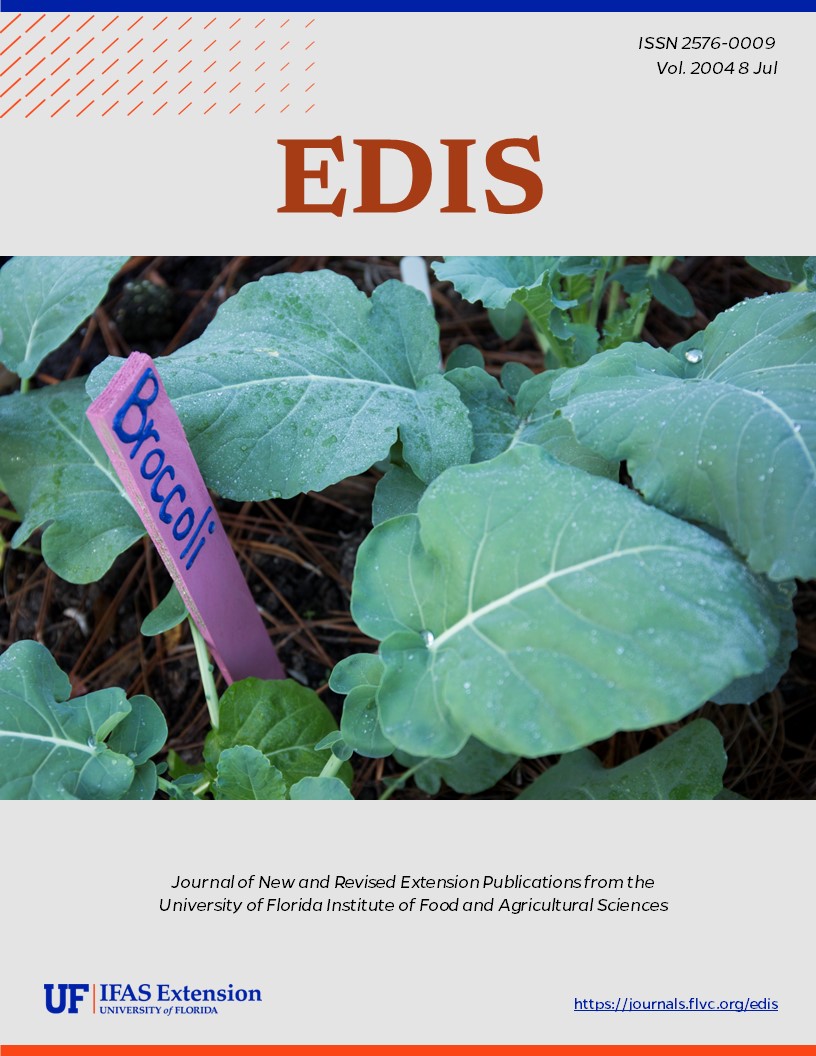Abstract
Understanding volunteer motivation has been widely recognized by both researchers and managers as a valuable component of volunteer management (Cnaan & Goldberg-Glen, 1991; Harrison, 1995). Some studies have shown that highly motivated volunteers serve longer than volunteers who do not have their needs met through service (Omoto & Snyder, 1995). No study, however, has fully explored the roles that volunteers play in sea turtle conservation. To fill this gap, we conducted a study to reveal the motivations and experiences of people who volunteer for sea turtle conservation in Florida. We focused on three questions: What kind of people are sea turtle volunteers? Why do they volunteer? And, what do volunteers do? We collected data from
volunteers and their supervisors to answer these questions. This document is AEC 372, a publication of the Agricultural Education and Communication Department, Florida Cooperative Extension Service, Institute
of Agricultural and Food Sciences, University of Florida. Publication date May, 2004.
References
Braker, M.J., Leno, J.R., Pratt, C.C., & Grobe, D. (2000). Oregon Extension volunteers: Partners in action. Journal of Extension, 38.
Clary, E.G., Snyder, M., Ridge, R.D., Copeland, J., Stukas, A.A., Haugen, J., Miene, J. (1998). Understanding and assessing the motivations of volunteers: A functional approach. Journal of Personality and Social Psychology, 74, 1516-1530. https://doi.org/10.1037/0022-3514.74.6.1516
Cnaan, R.A., & Goldberg-Glen, R.S. (1991). Measuring motivation to volunteer in human services. Journal of Applied Behavioral Science, 27, 269-284. https://doi.org/10.1177/0021886391273003
Dillman, D.A. (2000). Mail and internet surveys: The tailored design method. New York: John Wiley & Sons.
Harrison, D.A. (1995). Volunteer motivation and attendance decisions: Competitive theory testing in multiple samples from a homeless shelter. Journal of Applied Psychology, 80, 371-385. https://doi.org/10.1037/0021-9010.80.3.371
King, K.N., & Lynch, C.V. (1998). The motivation of volunteers in The Nature Conservancy -Ohio Chapter, a non-profit environmental organization. The Journal of Volunteer Administration, (XVI), 5-11.
Medaugh, B. (1999). Volunteer evaluations-from a volunteers perspective. Journal of Volunteer Administration, Winter 1999, 6-10.
Omoto, A.M., & Snyder, M. (1995). Sustained helping without obligation: Motivation, longevity of service, and perceived attitude change among AIDS volunteers. Journal of Personality and Social Psychology, 68, 671-686. https://doi.org/10.1037/0022-3514.68.4.671
Popielarz, P.A., & McPherson, J.M. (1995). On the edge or in between: Niche position, niche overlap, and the duration of voluntary association memberships. American Journal of Sociology 101, 698-720. https://doi.org/10.1086/230757
Schrock, D.S., Meyer, M., Ascher, P., & Snyder, M. (2000). Benefits and values of the master gardener program. Journal of Extension, 38. Retrieved April 22, 2003 from http://www.joe.org/joe/2000february/rb2.html
United States Census Bureau. (2000). Florida QuickFacts. Retrieved 23 April 2003 from http://quickfacts.census.gov/qfd/states/12000lk.html
Unless otherwise specified, articles published in the EDIS journal after January 1, 2024 are licensed under a Creative Commons Attribution-NonCommercial-NoDerivs 4.0 International (CC BY-NC-ND 4.0) license.

